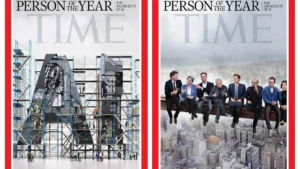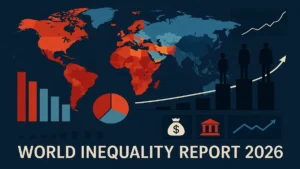Asia continues to shine in the aviation industry, with three of its airports ranking at the top in the Skytrax World Airport Awards 2025, held in Madrid on April 9. Singapore Changi Airport was crowned the World’s Best Airport for the 13th time, followed by Hamad International Airport (Doha) and Tokyo International Airport (Haneda) in second and third places, respectively. These rankings reflect outstanding performance in customer satisfaction, infrastructure, services, and innovation.
Highlights
Top 3 Airports in the World – 2025
1. Singapore Changi Airport (Singapore)
- World’s Best Airport 2025
- 13-time winner of the top spot
Additional titles,
- Best Airport Dining
- Best Airport Washrooms
- Best Airport in Asia
- Features: Jewel mall, largest indoor waterfall, cinemas, gardens, museums
2. Hamad International Airport (Doha, Qatar)
- Second-best airport globally
- Best Airport in the Middle East
- World’s Best Airport Shopping
- Past winner of World’s Best Airport title (3 times)
3. Tokyo International Airport – Haneda (Japan)
- Ranked 3rd globally
- Best Domestic Airport in the world
- World’s Cleanest Airport (Major Category)
- Best Airport PRM & Accessible Facilities
- Top in passenger handling: over 70 million
Indian Airports Performance
- Delhi IGI Airport: Best Airport in India & South Asia
- Bengaluru Kempegowda Airport: Best Regional Airport in India & South Asia
- Hyderabad Airport: Best Airport Staff Service in India & South Asia
- Goa Manohar Airport: Cleanest Airport in India & South Asia (under 5 million passengers category)
List of Top 20 Airports
- Singapore Changi Airport /Singapore
- Hamad International Airport / Qatar
- Tokyo International Airport (Haneda) / (Japan)
- Incheon International Airport / (South Korea)
- Narita International Airport / (Japan)
- Hong Kong International Airport / (Hong Kong)
- Paris Charles de Gaulle Airport / (France)
- Rome Fiumicino Airport / (Italy)
- Munich Airport / (Germany)
- Zurich Airport / (Switzerland)
- Dubai International Airport / (UAE)
- Helsinki-Vantaa Airport / (Finland)
- Vancouver International Airport / (Canada)
- Istanbul Airport / (Turkey)
- Vienna International Airport / (Austria)
- Melbourne Airport / (Australia)
- Chubu Centrair International Airport/ (Japan)
- Copenhagen Airport / (Denmark)
- Amsterdam Schiphol Airport / (Netherlands)
- Bahrain International Airport / (Bahrain)



 TIME Magazine Names ‘Architects of AI’ a...
TIME Magazine Names ‘Architects of AI’ a...
 World Inequality Report 2026: Key Findin...
World Inequality Report 2026: Key Findin...
 Indian-Origin Arkin Gupta Named in Forbe...
Indian-Origin Arkin Gupta Named in Forbe...







